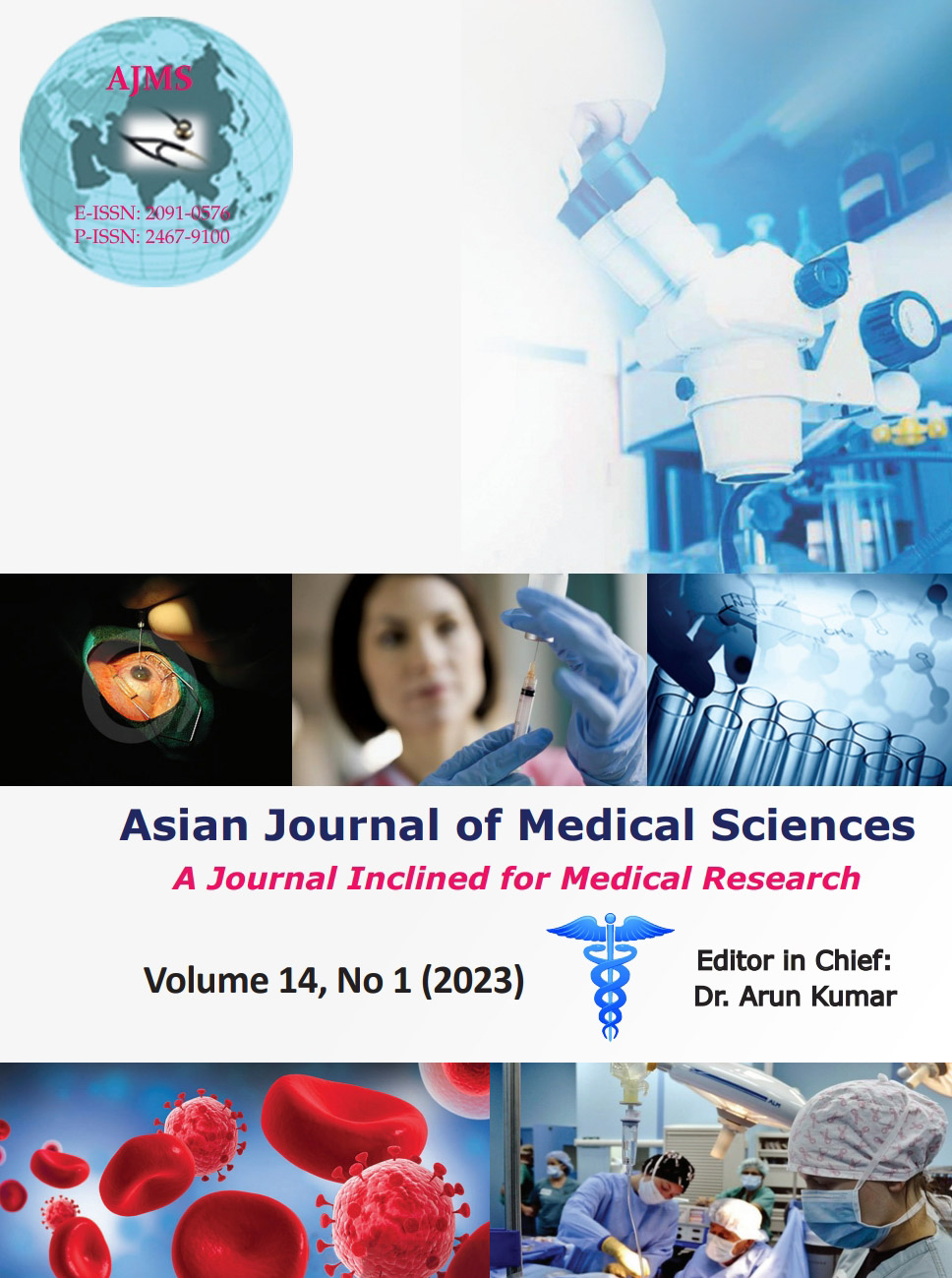Changing trends in microbiological profile in patients with active chronic suppurative otitis media in rural based tertiary care hospital
Keywords:
Microbiological profile; Chronic suppurative otitis media; Pus culture and sensitivityAbstract
Background: Chronic suppurative otitis media (CSOM) is a major health issue in developing countries causing persistant problem and may lead to life-threatening complications. This major health issue and its complications can be best avoided by early and effective treatment based on the knowledge of causative micro-organisms and their antimicrobial sensitivity which ensures prompt clinical recovery.
Aims and Objectives: The aim is to study the recent microbiological pattern of patients with active CSOM and to determine the in vitro antibiotic sensitivity pattern in order to scientifically guide the patient management rather than trying emperical therapy alone.
Materials and Methods: This prospective study was conducted in Otorhinolaryngology and Microbiology Department of a Burdwan Medical College and Hospital, Burdwan, a tertiary care hospital in Burdwan from January 2019 to December 2020 and 117 clinically diagnosed cases of COM were included in this study after through history taking and meticulous clinical examination. Two Aural swabs were collected from the affected ear by an ENT specialist as outpatient department procedure, under strict aseptic precautions using sterile swabs, after cleaning external auditory canal with a spirit swab. In cases with bilateral disease, ear swabs were taken separately from both the ears. Pus swabs collected were immediately sent to microbiology department for aerobic culture and sensitivity as well as mycological study as per standard procedure.
Results: In the present study, the predominant organism which was isolated from the ear swabs of this region was Pseudomonas aeruginosa, followed by Staphylococcus aureus, Proteus mirabilis, Klebsiella pneumoniae, and Escherichia coli. P. aeruginosa showed maximum susceptibility to Colistin, Aztreonam, Piperacillin, and Tazobactum, Polymixin B in decreasing order and showed moderate sensitivity to Levofloxacin and Ceftazidime. Amikacin is found to be the most effective antibiotic against Proteus and Klebsiella spp. isolated from CSOM patients.
Conclusion: Knowledge of the local microorganism pattern and their antibiotic sensitivity is essential to allow effective and cost saving treatment to patients who will lead to reduction in morbidity and mortality.
Downloads
Downloads
Published
How to Cite
Issue
Section
License
Copyright (c) 2022 Asian Journal of Medical Sciences

This work is licensed under a Creative Commons Attribution-NonCommercial 4.0 International License.
Authors who publish with this journal agree to the following terms:
- The journal holds copyright and publishes the work under a Creative Commons CC-BY-NC license that permits use, distribution and reprduction in any medium, provided the original work is properly cited and is not used for commercial purposes. The journal should be recognised as the original publisher of this work.
- Authors are able to enter into separate, additional contractual arrangements for the non-exclusive distribution of the journal's published version of the work (e.g., post it to an institutional repository or publish it in a book), with an acknowledgement of its initial publication in this journal.
- Authors are permitted and encouraged to post their work online (e.g., in institutional repositories or on their website) prior to and during the submission process, as it can lead to productive exchanges, as well as earlier and greater citation of published work (See The Effect of Open Access).




